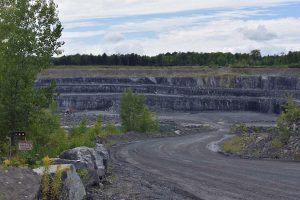HPT 101: Lesson 6: The Origin of Limestone
In this lesson we wonder how there can be so much limestone across the planet and we see how a simple chemical equation (not to mention common sense) disproves what most geology books teach about limestone.
****************************
VIDEOS:
Video 6A: Stuff you need to know before watching 6B (32 min.)
Here is the template page your will need: HPT101 6A template page
Some very short videos reminding us of the mainstream explanation of limestone:
This is very cute and has nice music: https://www.youtube.com/watch?v=WMX3BJZHgi4
This cave tour guide will give you the same story in less than a minute: https://www.youtube.com/watch?v=rbAcvvLxGZA
Here is a place (island in Caribbean) where genuine organic limestone is forming. However, this doesn’t mean that all limestone formed this way. Organic limestone video
Video 6B: Limestone formation video by Bryan Nickel (18 min.)
No template page needed for this video.
NOTE: I’ve mentioned this once before in a previous lesson, but I will again point out that the ITB textbook doesn’t give any explanation of where the carbon was coming from to create the CaCO3 in the subterranean chamber. For now, we can assume that there was carbon dioxide present in the water of the Great Deep. Carbon was listed as one of the chemical elements found in the hot water at the bottom of the Kola Superdeep Borehole and also the superdeep borehole in Germany.
*******************************************************
Suggested activities for this lesson:
Activity 6.1: LAB: Testing rocks to see if they contain carbonate
Use either white vinegar or hydrochloric acid (sold as muriatic acid in home improvement stores) and test some rocks where you live to see if they are made of limestone or dolomite. If they fizz and bubble, the rocks contain the carbonate molecule, CO3.
********************************************


